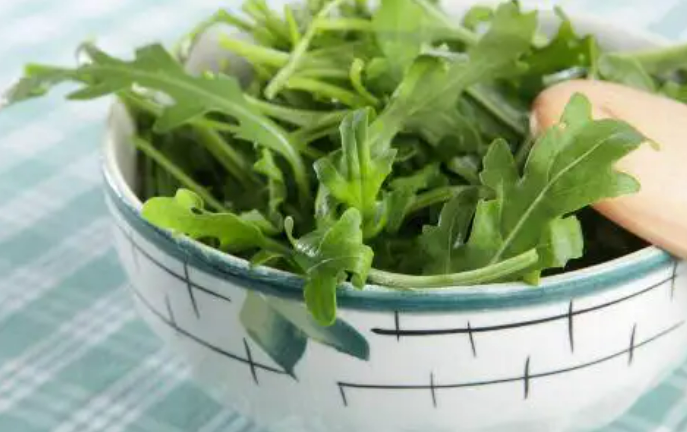"Fresh" frozen arugula will soon be possible
What would happen to the market if we could somehow freeze lettuce like arugula to keep it fresh? According to Eda Demir of Swedish Optifreeze, this will be possible in the future. "We're doing research on this, and the results look very positive." The organization has three different divisions: OptiFreeze, OptiFresh and OptiDry. One of the company's key goals is to reduce food waste. Eda spoke about this at the International Strawberry Congress.

Growing frozen product market
The volume of frozen products is constantly increasing, and the global market value of frozen products is expected to reach 290 billion euros around 2020. By 2020, the international market for frozen fruits and vegetables is expected to reach 28.2 million tons. The EU is the largest market for frozen fruits and vegetables, and the most important suppliers include Belgium, Poland, the Netherlands, Spain and France.
frozen fruit
“One of the problems with frozen fruit is that after defrosting the product often doesn’t look good, it softens and becomes mushy and no longer looks fresh. These products can crystallize during the freezing process, which can cause damage to cell membranes, causing the product nutrients and structure are lost, and they are also lost when thawing."
new technology
The frozen product industry is constantly introducing new technologies that aim to maintain the quality of the product after defrosting. OptiFreeze has solutions for frozen fruits and vegetables as well as for fresh-cut fruits and vegetables, as well as technologies for dried herbs. The three solutions have different procedures, but all use a pulsed electric field.
pulsed electric field
Founded in 2011 by researchers at Lund University, Optifreeze holds a patent for the freezing and defrosting of fruits and vegetables with OptiCept technology. It adds natural plant sugars to the product by vacuum impregnation and then applies a short electrical pulse of high voltage. The technique, called a pulsed electric field, opens up cell membranes, allowing natural sugars to enter the cell. Due to the electrical impulse, they form stronger cell membranes.
“For the customer, the advantage is that the structure and texture of the fruit and vegetable, as well as the colour, aroma and flavour are preserved, in addition, more of the original product is preserved and food waste is reduced. This process has no negative impact on health. " Eda Emir showed various other products before and after using the ptiFreeze or OptiFresh process. For example, untreated mangoes look brown after 13 days, but have a fresh and beautiful color after treatment. The company is currently testing OptiFresh on strawberries, raspberries, blackberries, lettuce and tomatoes.
- We have practically run out of broadleaf herbicides for garlic cultivation
- Egypt: Record onion exports in the last six months
- Our fruit drying concept offers added value to growers and traders
- Larger US lemon crop this season
- Peruvian pineapple still has great potential to increase its exports
- Pagoda held a Newton apple tasting in Guangzhou
 Telephone :+86-15562397099
Telephone :+86-15562397099










